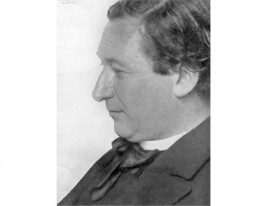Beginnings in the Netherlands

The Grail had its beginnings in the context of the Catholic Church of the Netherlands in 1921. These days, it is an international ecumenical movement of women grounded in the Christian faith, and open to interaction with women of other religious traditions.
The unique capacities of women
In the years immediately following the First World War, Jacques van Ginneken, sj (1877-1945), a Jesuit scholar at Nijmegen University, reflected on the state of the world and the Catholic church within it and developed his vision for a vigorous and deeply spiritual movement of lay Catholics, drawing inspiration from the Gospels and early Christianity, who would commit themselves to working for cultural and social change in their world. He believed that women could best embody his vision. He inspired a group of university students and young women workers to respond to the challenge and, on 1st November 1921, they took the name, Women of Nazareth, a reference to the earliest women followers of Jesus.
They began working in two very different situations: some in Dutch factories among working girls; and some who held postgraduate university degrees among university women in Java (then a Dutch colony). In 1929, however, they responded to an invitation from the Bishop of Haarlem to take responsibility for recruiting, leading and forming a nation-wide movement of Catholic girls – a Christian response to the development of communist youth and later Nazi youth in Europe. Van Ginneken named this movement The Grail and the earlier title of the core group, Women of Nazareth, gradually ceased to be used.
By the time The Grail was proscribed during the Nazi occupation of the Netherlands in 1941, 21,000 girls had joined the movement.
Since then..
..the internationality and diversity of the Grail has increased and continues to be valued and affirmed. In 1967, an historic International General Assembly of the Grail met in the Netherlands and agreed on Structures that give all the different cultural voices in the Grail their rightful role in decision-making. The Grail strives to be as inclusive as is consistent with its identity and aims.
see also History of the Grail in Australia and 100 Years of Grail Spirituality by Patricia Gemmell.
